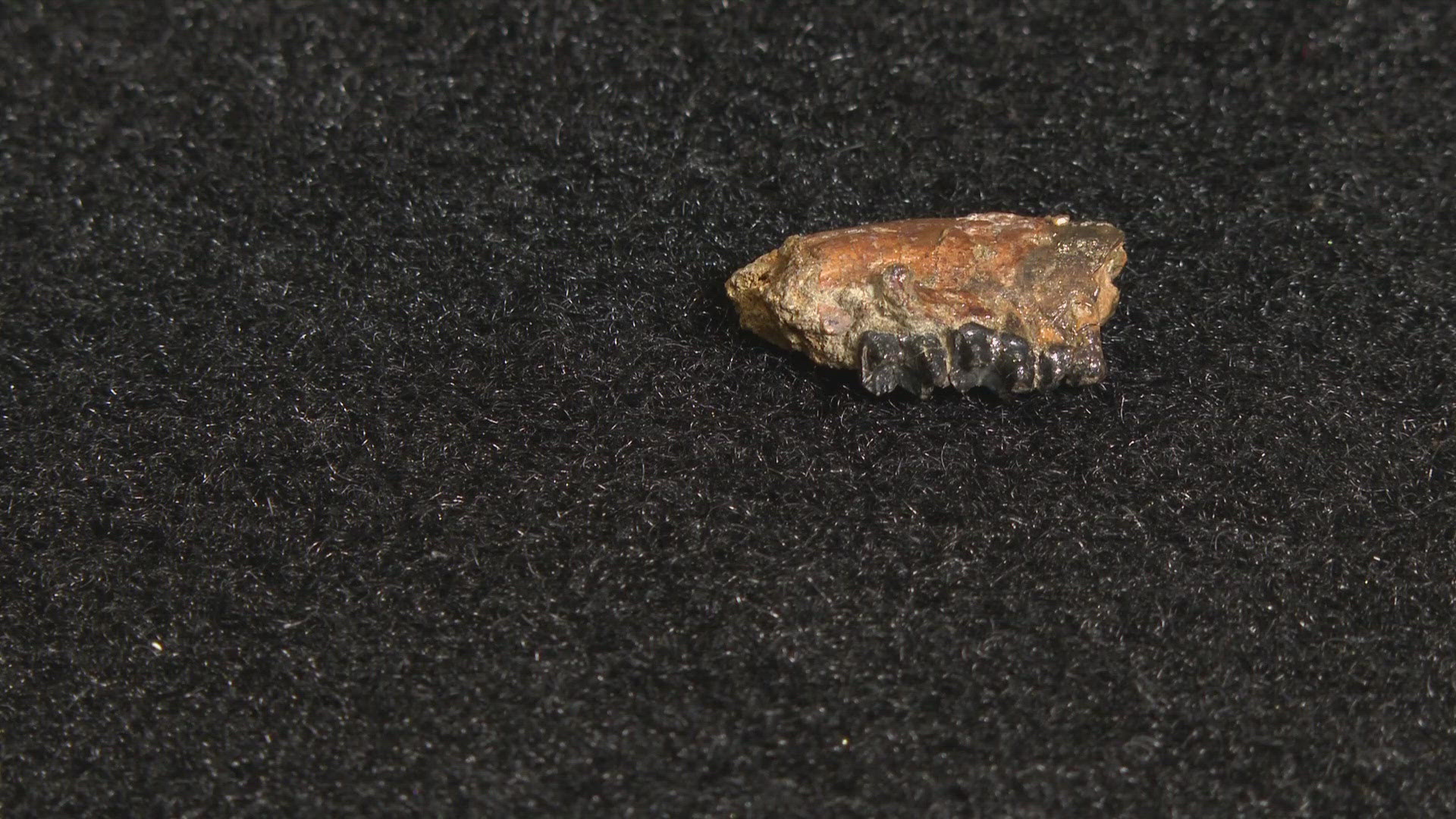BOULDER, Colo. — Paleontologists recently discovered a rare mammal fossil in western Colorado. It's a genus of mammal that lived between 70 million and 75 million years ago and has never been seen before.
Researchers led by University of Colorado Boulder vertebrate paleontologist Jaelyn Eberle got to name it the fossil, discovered near the town of Rangely: Heleocola piceanus.
"To me, it's always exciting to get to name something new, something that's brand new to science," Eberle said. "Its genus name is Heleocola, which literally translates to 'swamp dweller.'"

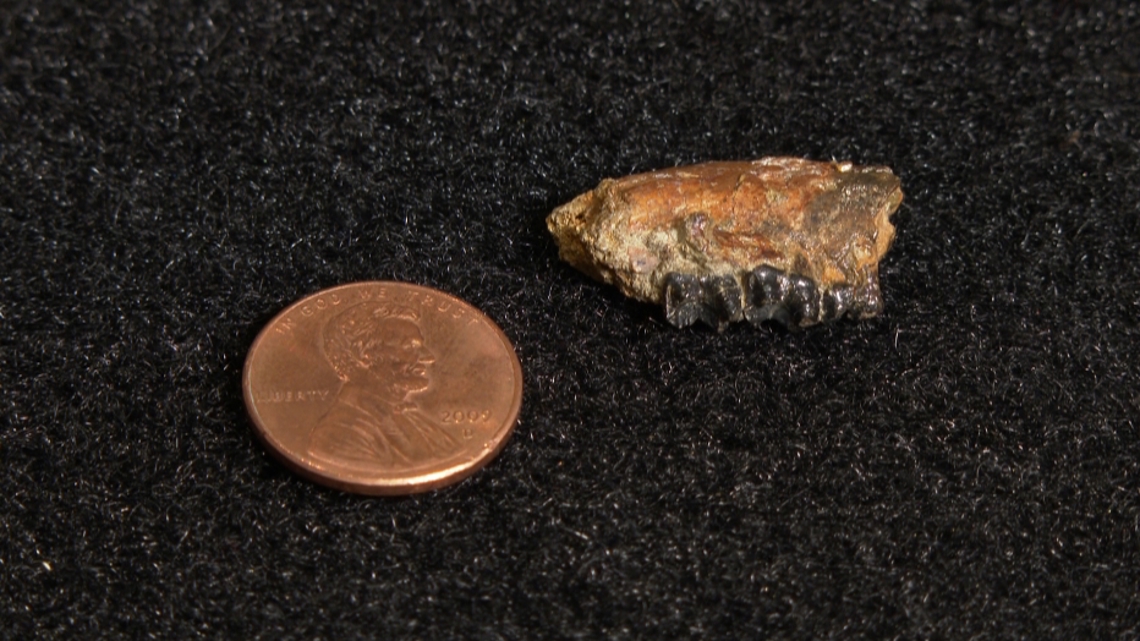
Eberle said that finding mammal fossils from the Cretaceous period doesn't happen often, making this discovery even more exciting. She said this animal is a cousin to today's marsupials and probably looked like an opossum.
"Most mammals were probably the size of a mouse to maybe a rat at this time, but the special thing about Heleocola is that it was probably the size of a muskrat," Eberle said. "It's larger than the great majority of mammals that lived at this time, which to me is really exciting because I think it's showing us that mammals were much more diverse during the late Cretaceous than what we had initially anticipated."

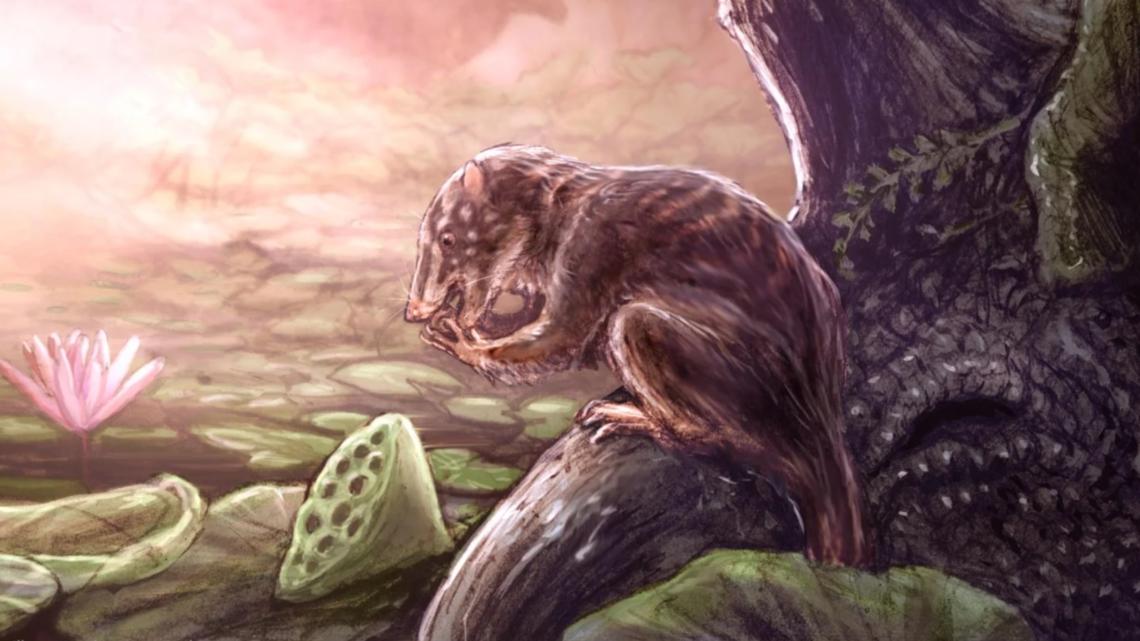
Eberle said the "swamp dweller" would have scampered alongside dinosaurs like hadrosaurs, or duck-billed dinosaurs, and tyrannosaurs.
She said the Heleocola fossil — a piece of jawbone and three molar teeth — was discovered in the lab, in a slab of sandstone from the Williams Fork Formation.
"In the same rocks where Heleocola was found, we also find fossils of dinosaurs, turtles, crocodilians, and even fishes, including sharks and rays," Eberle said. "This environment had to have been very close to the coast of the Western Interior Seaway."

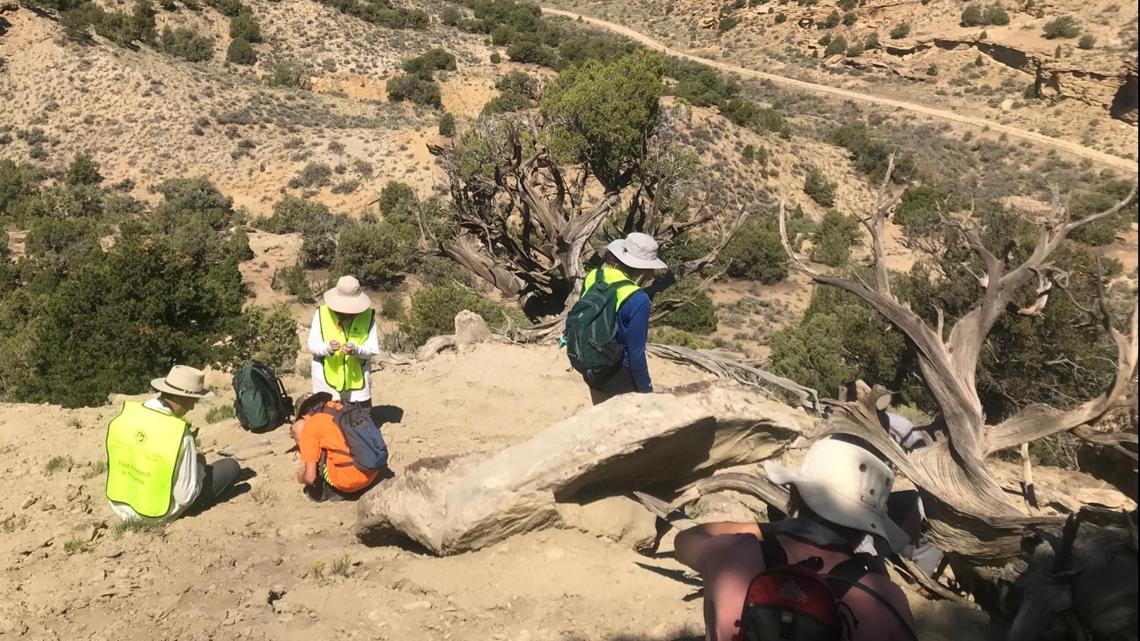
She said the area of Colorado where this fossil was found was where land met water. It may have looked like Louisiana, where turtles, dinosaurs and giant crocodiles flourished.
"There aren't very many places in North America where rocks that are terrestrial or on land are really well-preserved and contain fossil vertebrates, including fossil mammals," Eberle said. "It's exciting for understanding mammals, but it's also exciting for Colorado that, we're special. We have that slice of time that a lot of other places don't have."

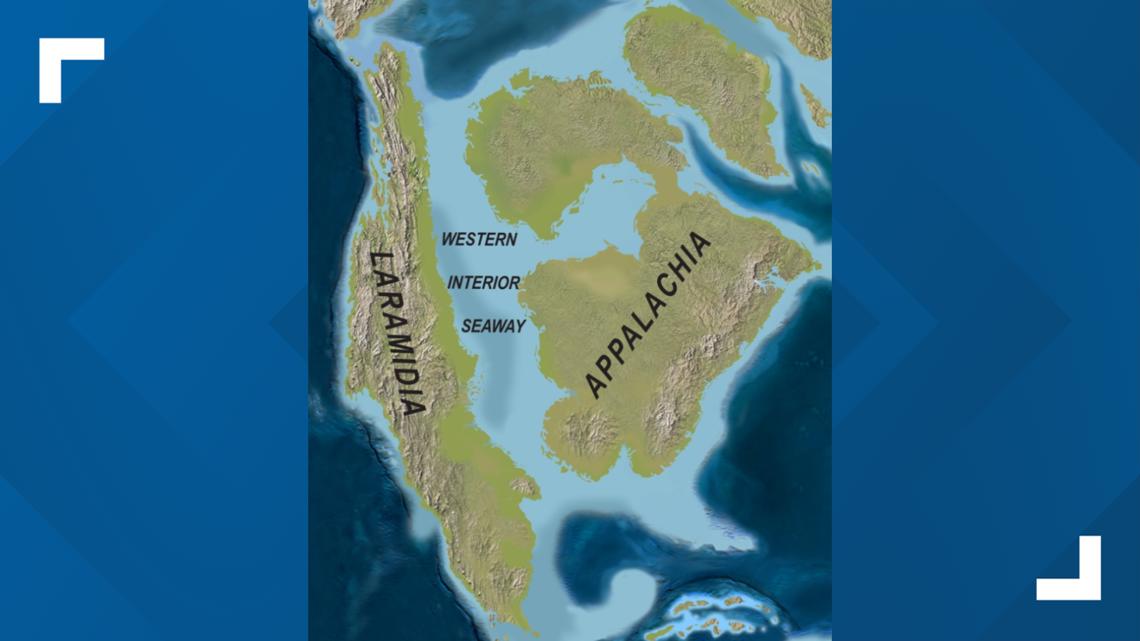
If you'd like to learn more about paleontology, and prehistoric animals, the University of Colorado Museum of Natural Science welcomes the public with free admission.

